The American consumers need to have confidence that the national meat and poultry supply is safe, wholesome, correctly labeled, and packaged.
The inspection and grading of meat and poultry is authorized by two separate programs within the U.S. Department of Agriculture (USDA).
Under the Federal Meat Inspection Act and the Poultry Products Inspection Act , the USDA – Food Safety and Inspection Service (FSIS) inspects all raw meat and poultry sold in interstate and foreign commerce, including imported products. The Agency monitors meat and poultry products after they leave federally inspected plants.



What is poultry?
“Poultry” is a term used for any kind of domesticated birds raised for the production of meat, eggs, or feathers. These domestic fowl include: chickens, turkeys, and other birds such as: ducks, geese, quail, pheasant, ostrich, guinea fowl, and peafowl.
The term “fowl” is often used near-synonymously with “domesticated chicken” (Gallus gallus), or with “poultry” or even just “bird”, and many languages do not distinguish between “poultry” and “fowl”. [1]
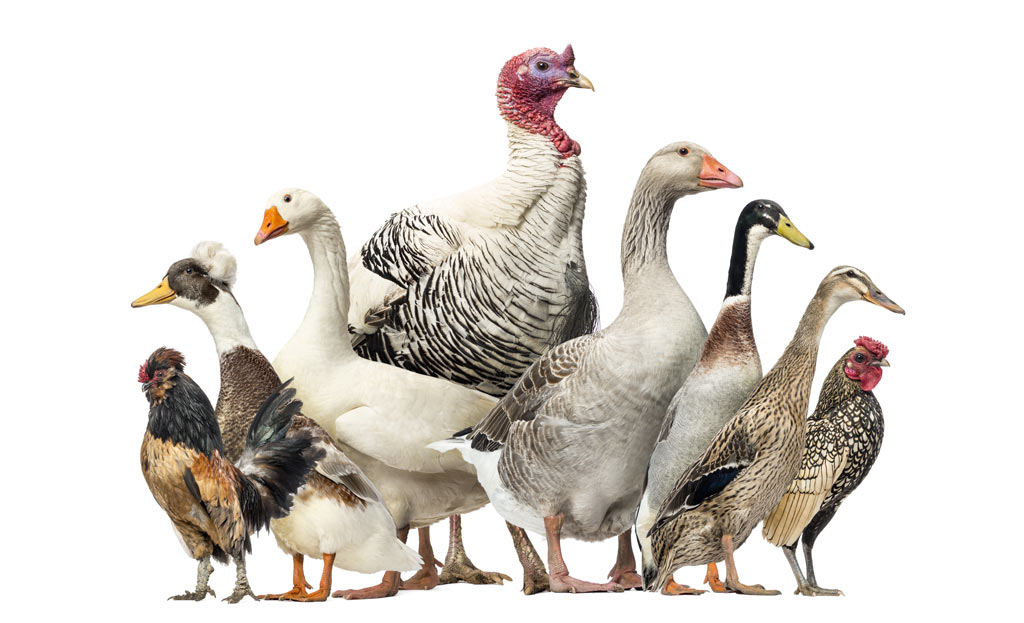


How does the USDA classify poultry?
The USDA is responsible for the safety of meat, poultry, and egg products. The USDA designates the definitions for poultry classes based on the sex and age of the bird when harvested. The USDA five poultry classes are as follows: [2]
- Rock Cornish game hen or Cornish game hen: an immature chicken younger than five weeks old (previously five to six weeks), of either sex, with a ready-to-cook carcass weight of two pounds or less.
- Broiler or fryer: a chicken younger than 10 weeks old (previously younger than 13 weeks), of either sex, that is tender-meated with soft, pliable, smooth-textured skin and flexible breastbone cartilage.
- Roaster or roasting chicken: a young chicken between eight and 12 weeks old (previously three to five months old), of either sex, with a ready-to-cook carcass weight of five pounds or more, that is tender-meated with soft, pliable, smooth-textured skin and breastbone cartilage that is somewhat less flexible than that of a broiler or fryer.
- Capon: a surgically neutered male chicken younger than four months old (previously younger than eight months) that is tender-meated with soft, pliable, smooth-textured skin.
- Fryer-roaster turkey: an immature turkey younger than 12 weeks old (previously younger than 16 weeks) of either sex, that is tender-meated with soft, pliable, smooth-textured skin, and flexible breastbone cartilage.
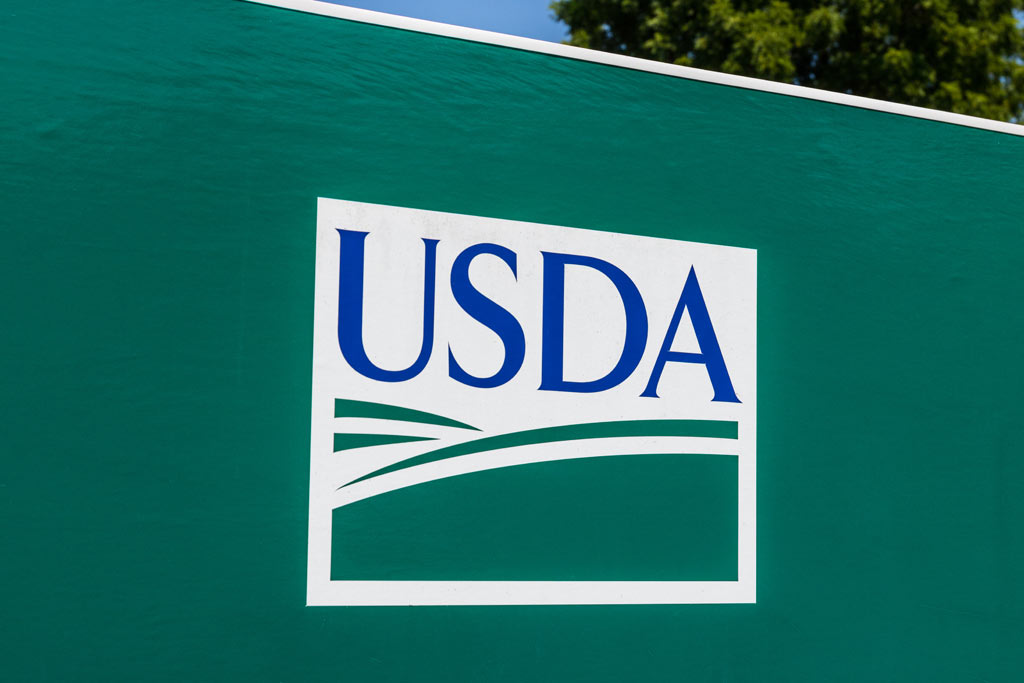


What are the Poultry and Poultry Products U.S. Grades and Standards?
The U.S. Department of Agriculture’s Agricultural Marketing Service (AMS) defines poultry products grades and standards. These standards promote uniformity and assurance of product quality on a continuous basis regardless of supplier. The official USDA grade shield indicates the product’s quality level: [3]
- U.S. Grade A. A lot of ready-to-cook poultry, parts, or poultry food products consisting of one or more ready-to-cook carcasses or parts, or individual units of poultry food products of the same kind and class, each of which conforms to the requirements for A quality may be designated as U.S. Grade A.
- U.S. Grade B. A lot of ready-to-cook poultry or parts consisting of one or more ready-to-cook carcasses or parts of the same kind and class, each of which conforms to the requirements for B quality or better may be designated as U.S. Grade B.
- U.S. Grade C. A lot of ready-to-cook poultry or parts consisting of one or more ready-to-cook carcasses or parts of the same kind and class, each of which conforms to the requirements for C quality or better, may be designated as U.S. Grade C.



The Poultry Grading Manual is a guide to the uniform application of the U.S. Department of Agriculture (USDA) classes, standards, and grades for poultry, and to USDA’s voluntary poultry grading and certification services. It can also serve as the course outline for a poultry grading school.
Food Illness from Poultry
The CDC estimates that every year about a million people get sick from eating poultry that’s contaminated with harmful bacteria. That’s why it’s important to follow proper preparation and cooking procedures to ensure food safety when it comes to chicken.
Raw poultry may contain harmful bacteria such as salmonella, listeria, and campylobacter. Washing chicken and other poultry does not remove bacteria. You can kill these bacteria only by cooking chicken to the proper temperature.
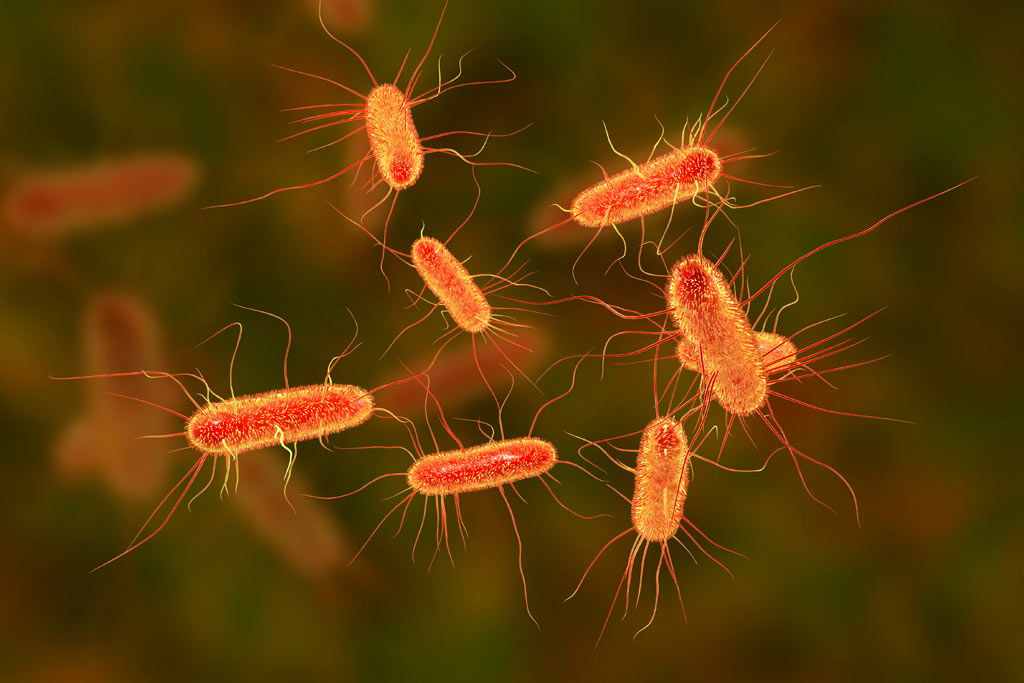


To prevent cross-contamination, build habits such as frequently washing hands, utensils, cutting boards, and work surfaces. For instance, if you prep a raw chicken on a cutting board, don’t use the same cutting board later to slice tomatoes for the salad. At least not without washing it first. And the same goes for your knife.



Safe Cooking of Poultry
Raw or undercooked poultry is not safe to eat and can lead to illness. The best way to make sure that your chicken does not contain harmful bacteria is to cook it to the proper safe temperature.
According to the USDA, all poultry (breasts, whole bird, legs, thighs, and wings, ground poultry, and stuffing) should always be cooked thoroughly to 165˚F as measured by a food thermometer.
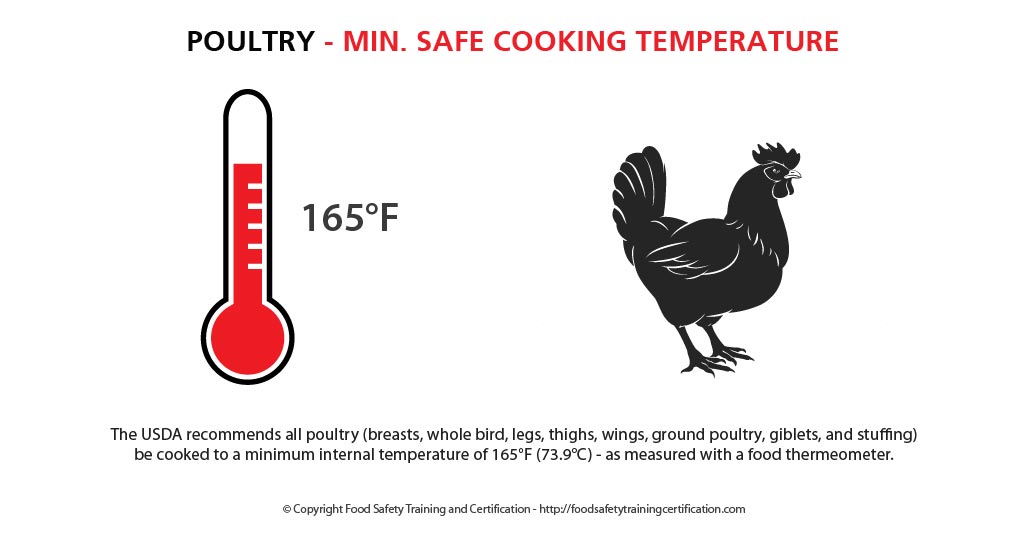


Food Illness Symptoms
The symptoms of food illness from contaminated poultry often come on quickly, usually within 8 to 72 hours after consuming contaminated food.
Symptoms may be aggressive and can last for up to 48 hours. Typical symptoms during this acute stage include:
- abdominal pain, cramping, or tenderness
- chills
- diarrhea
- fever
- muscle pain
- nausea
- vomiting
- signs of dehydration (such as decreased or dark-colored urine, dry mouth, and low energy)
- bloody stool
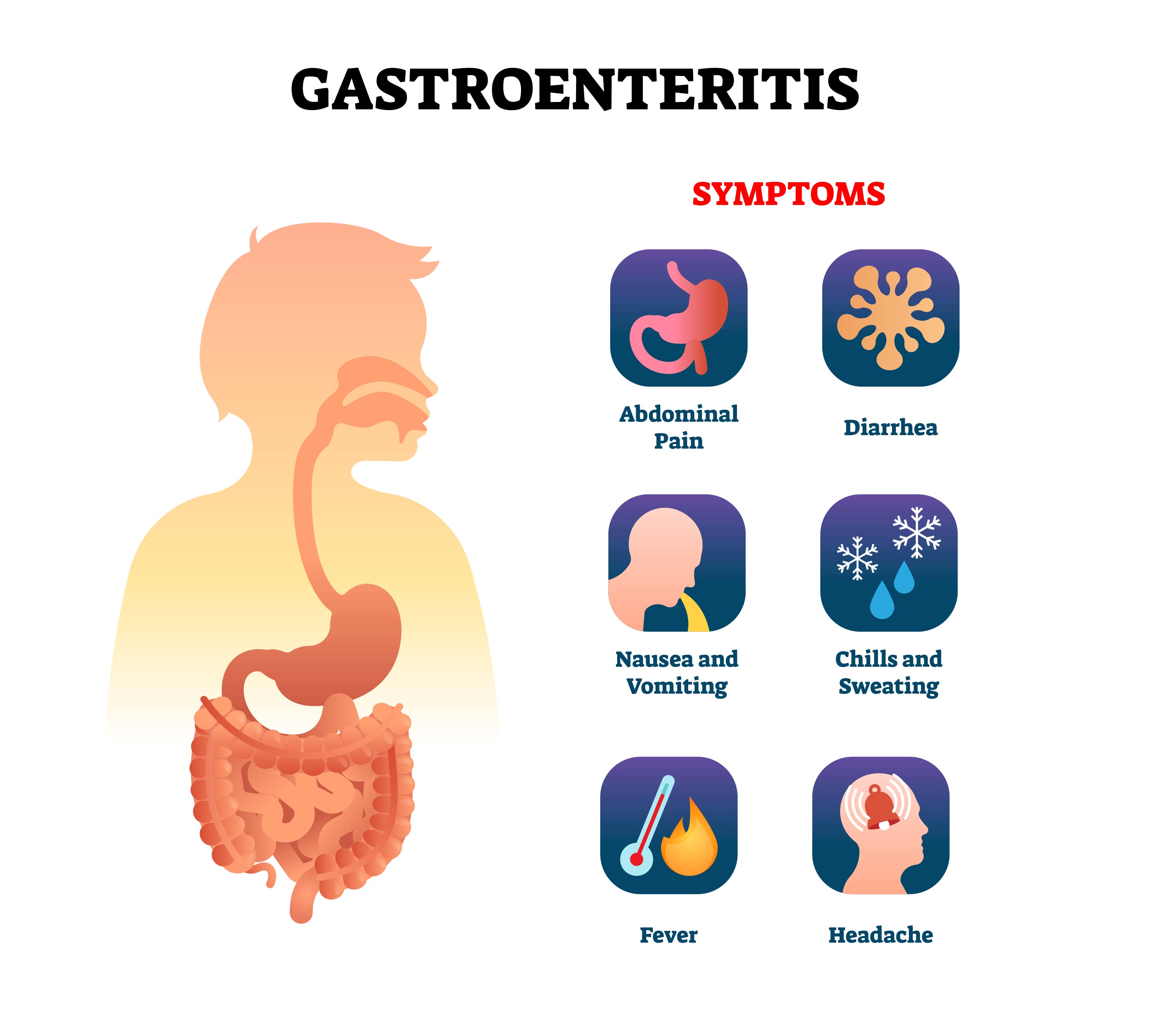


Should you call the doctor?
Anyone can get a foodborne illness, but children younger than 5 years of age, adults aged 65 and older, people with weakened immune systems, and pregnant women are more likely to develop a serious illness.
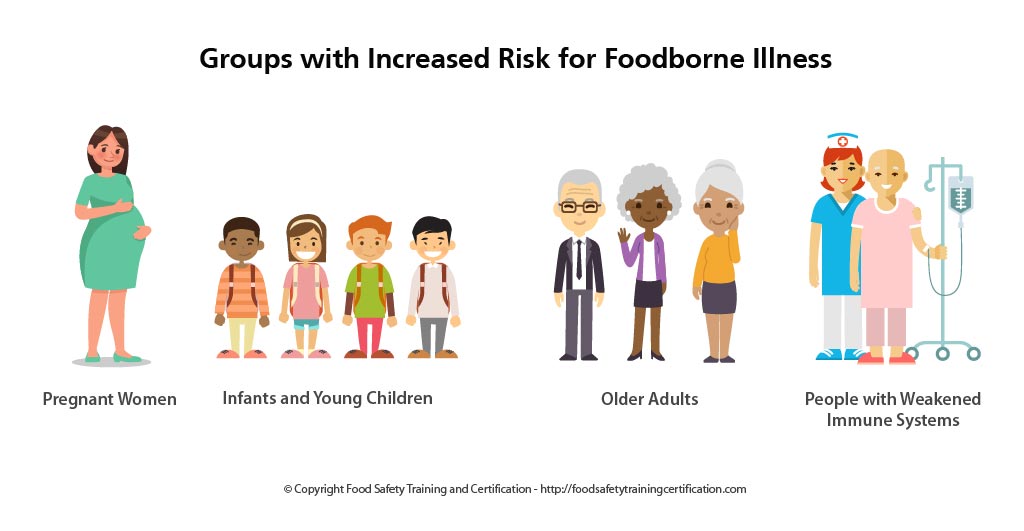


Call or see the doctor if you or someone has the following severe signs of food illness:
- High fever (temperature more than 101.5°F)
- Diarrhea for more than 3 days that is not improving
- Bloody stools
- Prolonged vomiting that prevents you from keeping liquids down
- Signs of dehydration, such as:
- Making very little urine
- Dry mouth and throat
- Dizziness when standing up
Summary
The USDA inspects and grades meat and poultry to ensure the American consumer that the national meat and poultry supply is safe, wholesome, and correctly labeled and packaged.
References
[1]
Wikipedia contributors. (2019, September 30). Poultry. In Wikipedia, The Free Encyclopedia. Retrieved October 3, 2019, from
https://en.wikipedia.org/w/index.php?title=Poultry&oldid=918855675
[2]
U.S. Department of Agriculture. Poultry Classifications Get a 21st Century Upgrade. Retrieved October 3, 2019, from
https://www.usda.gov/media/blog/2011/11/17/poultry-classifications-get-21st-century-upgrade
[3]
U.S. Department of Agriculture. Poultry and Poultry Products Grades and Standards. Retrieved August 10, 2019, from
https://www.ams.usda.gov/grades-standards/poultry-and-poultry-products-grades-and-standards
U.S. Department of Agriculture. Poultry, Grades & Procurement of. Retrieved August 10, 2019, from
https://www.ams.usda.gov/grades-and-standards/poultry






